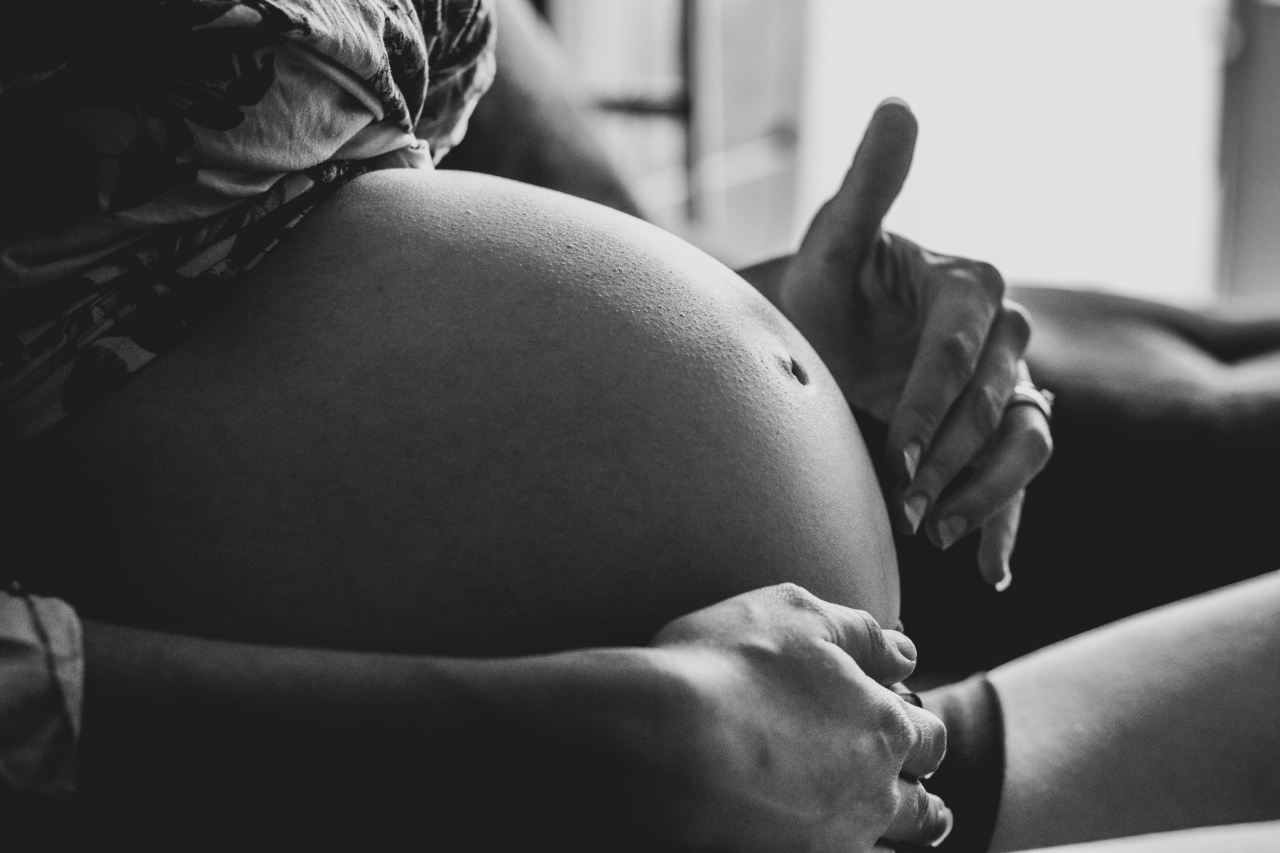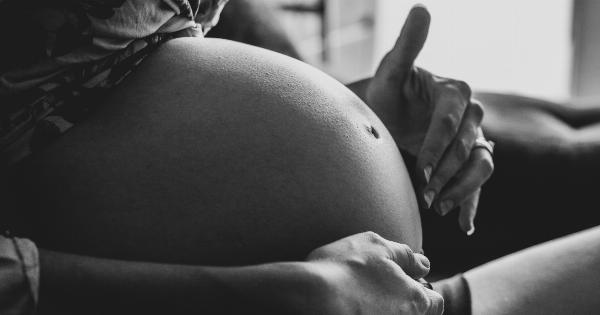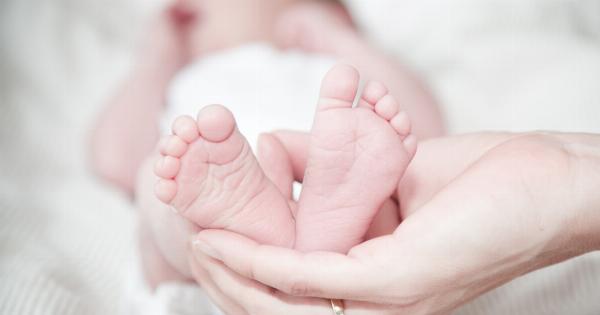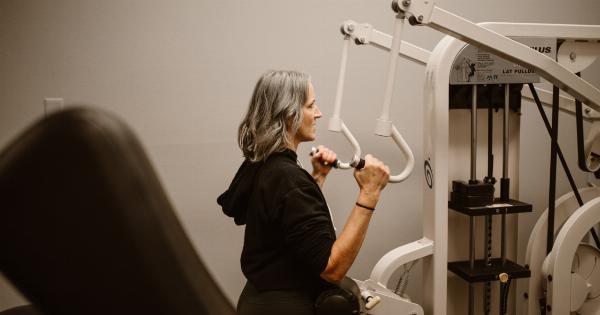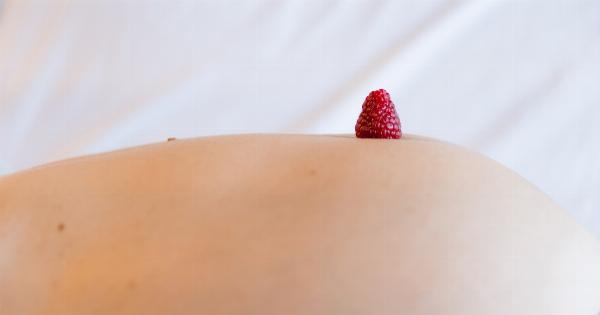Childbirth can be an incredible and life-changing experience for women, but it is also a physically demanding process that takes a toll on the body.
After giving birth, your body goes through a series of changes as it heals and adjusts to its pre-pregnancy state. Understanding this recovery process can help you navigate the postpartum period with ease and ensure a smooth transition into motherhood.
Immediate Postpartum Recovery
The immediate postpartum period, also known as the first six weeks after giving birth, is crucial for your body to start healing. During this time, you may experience various physical and emotional changes.
One of the most significant changes you’ll notice is the decrease in the size of your uterus. After childbirth, your uterus gradually contracts, returning to its pre-pregnancy size within approximately six weeks.
This contraction helps control bleeding and restore your pelvic organs to their original position.
Another essential aspect of immediate postpartum recovery is vaginal discharge, known as lochia. Lochia is a mix of blood, mucus, and uterine tissue and is entirely normal after childbirth.
Initially, it is bright red and may contain blood clots, but it gradually changes to a pinkish or yellowish color over time.
The first few days after giving birth, you may also experience discomfort and swelling in the perineal area if you had vaginal tearing or an episiotomy during delivery.
Applying ice packs and using pain relief measures recommended by your healthcare provider can help alleviate these symptoms.
Motherhood can also take an emotional toll, with many women experiencing the baby blues during the first week after childbirth. It is entirely normal to feel emotional, irritable, or even weepy during this time.
However, if these feelings intensify or persist for more than two weeks, it may be a sign of postpartum depression, and you should seek professional help.
Restoring Muscles and Ligaments
Pregnancy and childbirth put significant strain on your muscles and ligaments, particularly in your abdomen and pelvic floor.
To aid in their recovery, it’s crucial to focus on gentle exercises and techniques that gradually help strengthen and restore these areas.
One of the most effective exercises for restoring abdominal muscles is pelvic tilts. Lie on your back and bend your knees, then tilt your pelvis upward, flattening your lower back against the floor. Hold for a few seconds and release.
Repeat this exercise several times a day to help tone your abdominal muscles.
Strengthening your pelvic floor muscles is equally important. Kegel exercises, which involve contracting and relaxing the muscles that control urination, can help restore strength and improve bladder control.
To perform Kegels, squeeze the muscles as if you are attempting to stop the flow of urine. Hold for a few seconds, release, and repeat several times.
Additionally, yoga and gentle stretching exercises can aid in restoring flexibility and tone to your muscles while promoting relaxation and reducing stress.
It’s always essential to consult with your healthcare provider before starting any exercise routine to ensure it is appropriate for you.
Breast Changes and Breastfeeding
For breastfeeding mothers, the postpartum period brings remarkable changes to the breasts as they adapt to produce and deliver breast milk.
In the first few days after giving birth, you may experience engorgement, where your breasts become swollen, tender, and full. This is your body’s initial response to increased blood flow and the production of milk.
If you choose to breastfeed, it’s important to establish a good latch and nursing routine to prevent issues such as sore nipples or blocked milk ducts.
Nursing pads can help absorb any leakage, and applying warm compresses or taking warm showers can aid in milk flow and relieve discomfort.
Over time, as your milk supply stabilizes, your breasts will adjust to the demands of your baby, and you may find a more comfortable rhythm.
However, it’s important to be aware of common breastfeeding challenges, such as mastitis or thrush, and seek timely medical advice if necessary.
Emotional Well-being and Self-care
While physical recovery is crucial, it is equally important to prioritize your emotional well-being during the postpartum period.
The demands of caring for a newborn, coupled with hormonal changes, can sometimes lead to feelings of overwhelm or postpartum anxiety.
Implementing self-care practices can greatly support your emotional well-being.
This can include setting aside time each day for relaxation, engaging in activities you enjoy, connecting with loved ones, or seeking support from other new mothers through support groups or online communities.
Remember that self-care is not selfish; it is an essential component of being a healthy and present mother to your child.
If you find yourself struggling emotionally or if feelings of sadness or anxiousness persist, don’t hesitate to reach out to your healthcare provider or a mental health professional.
Returning to a Healthy Lifestyle
Aside from physical healing, the postpartum period is an opportune time to focus on returning to a healthy lifestyle.
Proper nutrition, hydration, and regular gentle exercise can support your body’s recovery and provide the energy you need to care for your child.
It is important to nourish your body with a balanced diet rich in fruits, vegetables, whole grains, and lean proteins. If you are breastfeeding, be sure to consume enough calories to support milk production.
Staying hydrated is also crucial, particularly if you are breastfeeding. Aim to drink at least eight glasses of water per day, and listen to your body’s cues for additional fluids.
As your body gradually heals and adjusts, it’s important to consult with your healthcare provider about when it is safe to resume more intense exercise or activities.
Listen to your body and take things at a pace that feels comfortable for you, allowing yourself ample time to recover fully.
Supporting Your Recovery
Recovering after childbirth is a unique journey for every woman, and it’s essential to surround yourself with a support system that understands and values your needs.
Your partner, family members, friends, or even a postpartum doula can provide invaluable assistance and understanding during this time.
Don’t hesitate to ask for help when needed, whether it’s with household chores, cooking meals, or caring for your baby while you rest. Remember, you deserve time to heal and adjust to your new role as a mother.
As your body heals, maintaining open communication with your healthcare provider is crucial. Attend your postpartum check-ups so that any potential issues can be identified and addressed promptly.
Most importantly, be patient and kind to yourself as you recover. Your body has accomplished an incredible feat, and it deserves time, care, and compassion.
